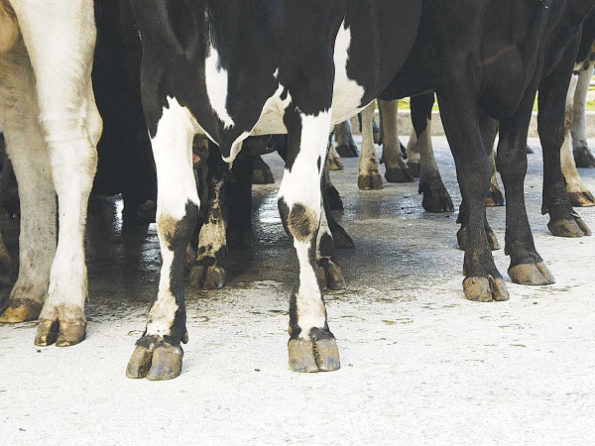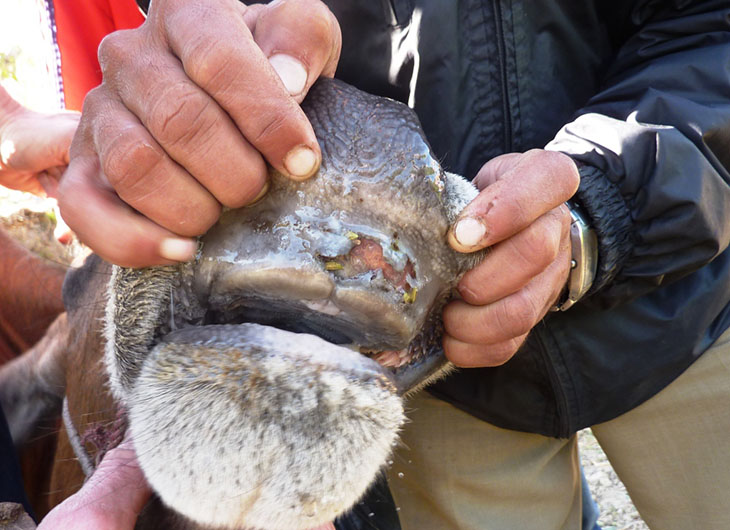
What is it?
Foot and Mouth disease is bacteria like virus which can infect all clove hooved animals (cows, pigs, goats, sheep, camels, deer, elephants etc.). It is not known to affect horses or people.
It spreads easily through contact, the wind or water, and respiratory & blister discharge.
It can survive in the environment for months in cold weather and low pH, and also survives in a carcass when the animal dies. Pigs can ‘amplify’ the virus and most cloven foot animals can become ‘carrier’ hosts, then re-infect other animals years later.
What does it do?
The disease causes blisters/vesicles in the mouth and around the coronet band above the feet. Symptoms include hyper-salivation, lameness, weight loss and often spontaneous recovery. It is considered painful with a high morbidity, but low mortality rates. However, due to the large economic impact this virus would have if it spread to Australia, there would likely be many euthanasia’s as part of the effort to control the virus.

.jpg)
History and impact-
Australia has been free of the virus for a long time. Trade countries want to be free of the virus as the last outbreak recorded in the UK in 2001 was devastating for the economy, the livestock, farmers, vets and the public. The estimated impact from the loss of stock alone was AU$18 billion.
In May 2022, an outbreak occurred in Indonesia. This is very close to Australian shores and so we are on high alert to prevent an outbreak in Australia.
Is there treatment or a cure?
There is no cure for FMD.
Most countries aim to stop the spread and eradicate it as quickly as possible rather than allow it to become endemic. There are multiple serovars of the virus which means vaccines are complicated. Basically, vaccination does not prevent infection, but helps with symptoms and in countries where FMD is regarded as endemic, they are sometimes used.
What to do if you suspect and animal is infected with FMD-
If an outbreak occurs, or you suspect and animal has symptoms, you need to inform your vet as soon as possible. It is most likely to be identified in the northern states of Australia before Victoria, but we should still be vigilant of any symptoms associated with the disease.
If you have any queries or concerns in regards to the disease, please contact the clinic to schedule a consultation with our vets.
Further information can also be found on the website for Agriculture Victoria


